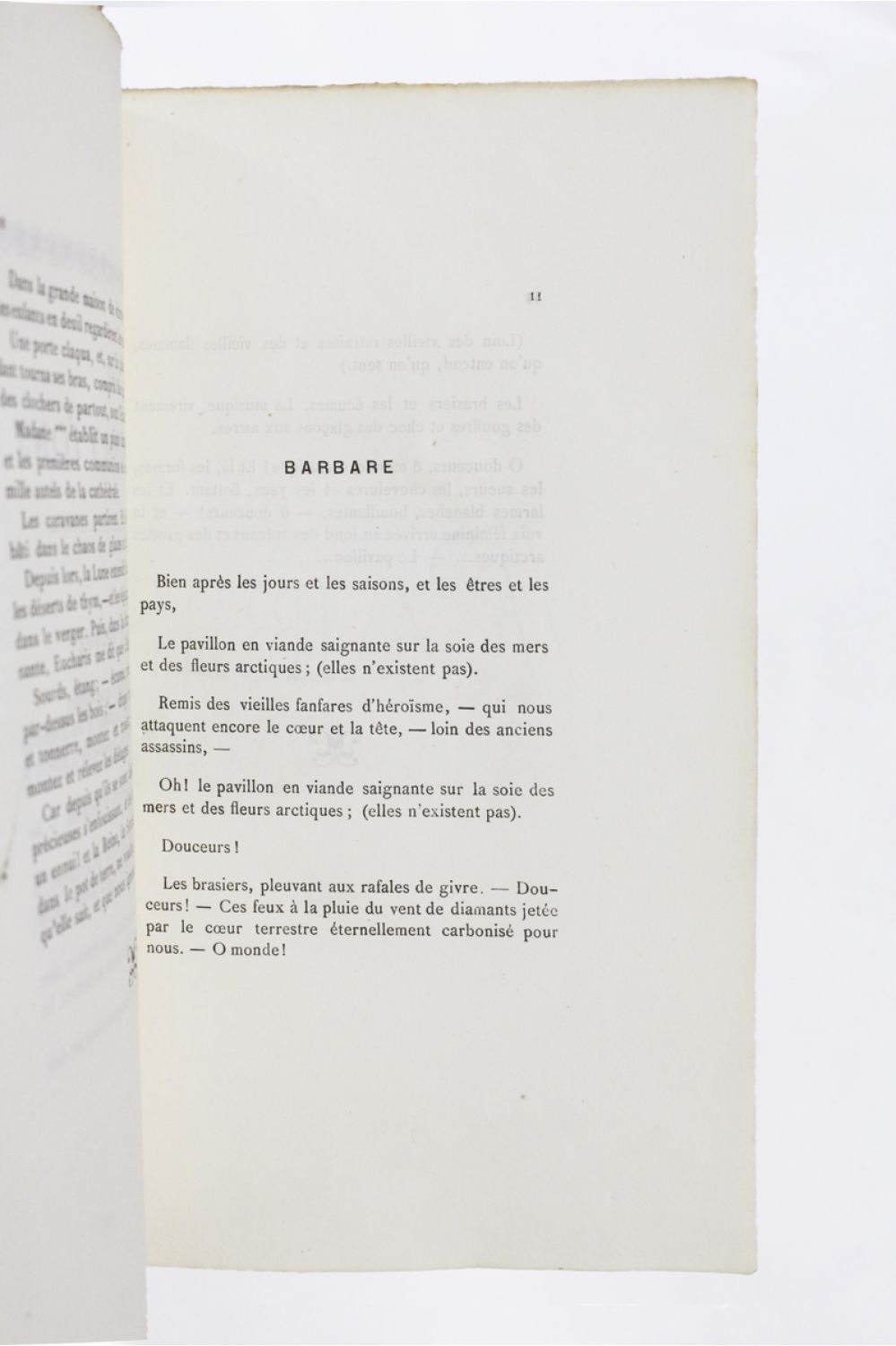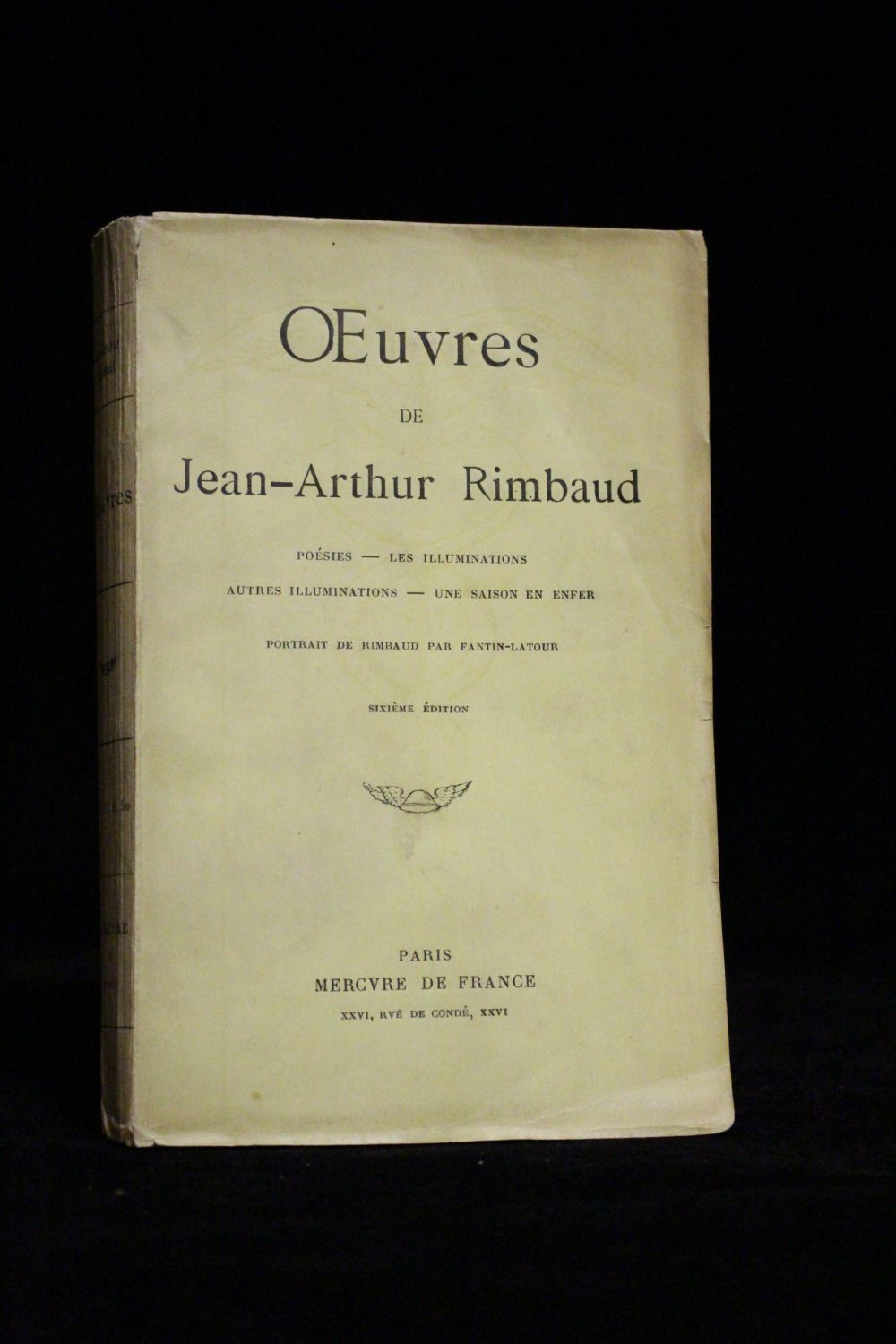


In The Light Of is one of many translation projects Carson has undertaken.Ĭarson admits the art of translation is often diminished if one takes a literal word for word approach. Rimbaud was fiercely anti-respectability, and took a certain delight in squalor, therefore his reactions to the horror and opulence of cities is indeed complicated.” In retrospect, we can read some of them as critiques of industrial society. The poems are visceral reactions: they come out in their own weird and zany logic. “I don’t know if “express” is the right word for what Rimbaud was doing that word implies that the poet begins with some kind of manifesto which he then illustrates in poetry. Should we see what he was trying to express in these poems, as both his horror, and fascination with the modern metropolis, and how capitalism destroys the nature it makes profit from? Much of the imagery in Illuminations dichotomises both the awe and disgust Rimbaud discerned in the 19th century city.

By transforming the majority of Rimbaud’s prose poems into verse, Carson says he became particularly aware of the musicality and cadence, which Rimbaud embodied in the original work. I wanted Rimbaud’s dreamlike imagery to rhyme, chime, and echo: to make some kind of music to my ear,” says Carson. “Any translations I had read of Illuminations hitherto, seemed flat, so I decided to rewrite them in the rhyming couplets of the classical French alexandrine. But the more you examine them, and read the French aloud, you can see the prose has metre, and occasional rhyme embedded in it.” “The temptation with Rimbaud’s Illuminations - because the pieces are ostensibly in prose - is to render them more or less word for word, thus ignoring their music. In The Light Of displays 22 verse interpretations as well as three prose versions of the prose poems from Rimbaud’s Illuminations.Ĭarson begins our conversation by explaining how “literal meaning” can be a problematic phrase when it comes to translations of poetry. Within a week, Carson found he had enough material to make an entire collection. His words were to accompany an art exhibition at Maynooth University.

The poem Jeunesse, which consists of four stanzas, was first published by Vanier in 1895, after the Poésies complètes, as a complement to the Illuminations.Last year, Ciaran Carson was approached by the National University of Ireland to reinterpret some versions of those Rimbaud’s poems. One can see inscriptions by other hands from after 1886: the annotation Illuminations in the upper left corner deliberately refers to the collection of poems with that same title, which was originally published in 1886. Sections form a homogeneous whole together with the section Dimanche (I, BNF manuscript), thus constituting the poem Jeunesse. The sign +, which is difficult to interpret and which gives the impression that Written in prose, the designation “sonnet” (II) could be due to the form of theĮxcerpt in question, which is presented in 14 lines. Written on the recto side of a page are three sections numbered with Roman numerals from II to IVĪnd, with the exception of the last one (IV), titled. Manuscript SummaryThis autograph by Arthur Rimbaud (1854-1891) contains a fragment of a poem.


 0 kommentar(er)
0 kommentar(er)
